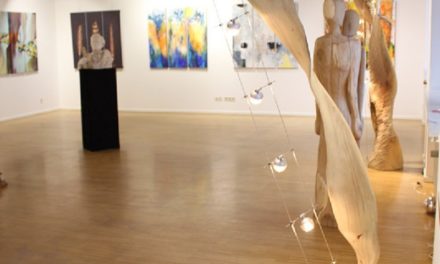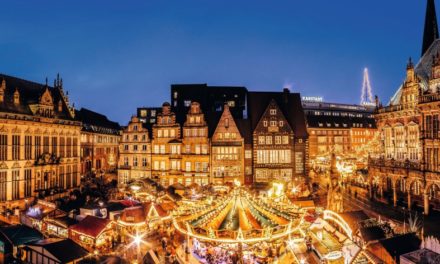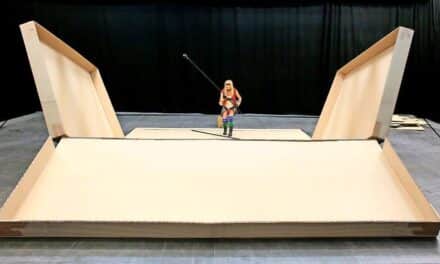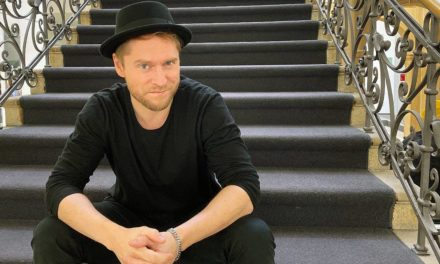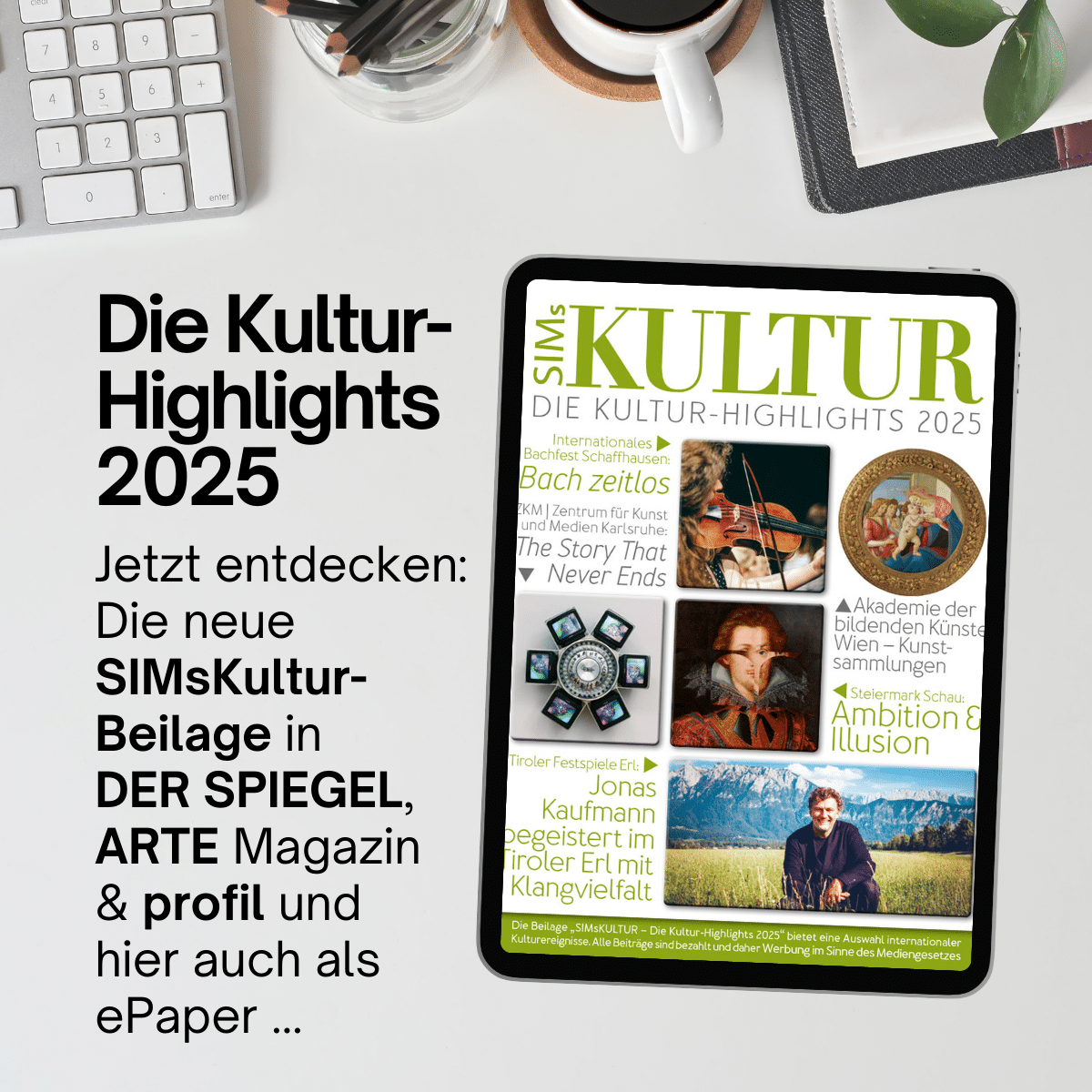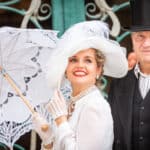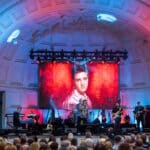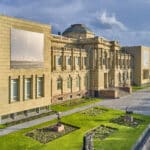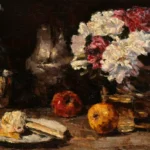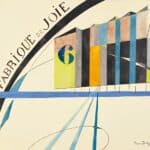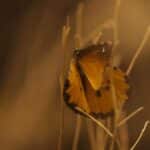With the current special exhibition "Scherben zum Glück", Museum Schloss Fürstenberg takes you back to a time of political and social upheaval and at the same time tells a great love story.
It was a tense time when Victoria Luise, the only daughter of Kaiser Wilhelm II, married the Hanoverian Guelph Prince Ernst August in 1913. For the last time before the First World War, the European aristocracy came together. The politically welcome wedding was also a love match - a story that still fascinates today. It was preceded by several decades of conflict between the noble houses of the Hohenzollern and Guelph dynasties. The marriage of Victoria Luise and Ernst August marked the end of the enmity and was also followed with great interest in the press at the time.
The wedding gifts for the couple were more than generous. For example, the Provincial Directorate of the Province of Hanover presented them with a stately porcelain service for 50 people and up to eleven courses. Almost 700 individual pieces were elaborately crafted and hand-painted in the Bavarian porcelain manufactory Nymphenburg. The Museum Schloss Fürstenberg is presenting this service to the public for the first time on a large scale in the special exhibition "Scherben zum Glück". Visitors will get to know both the ducal couple and the exciting story behind this unique wedding gift. The exhibition is a cooperation project with the Richard Borek Foundation, Braunschweig, and allows visitors to immerse themselves in the long-gone world of courtly splendor, the foundations of which were already shaking in 1913.
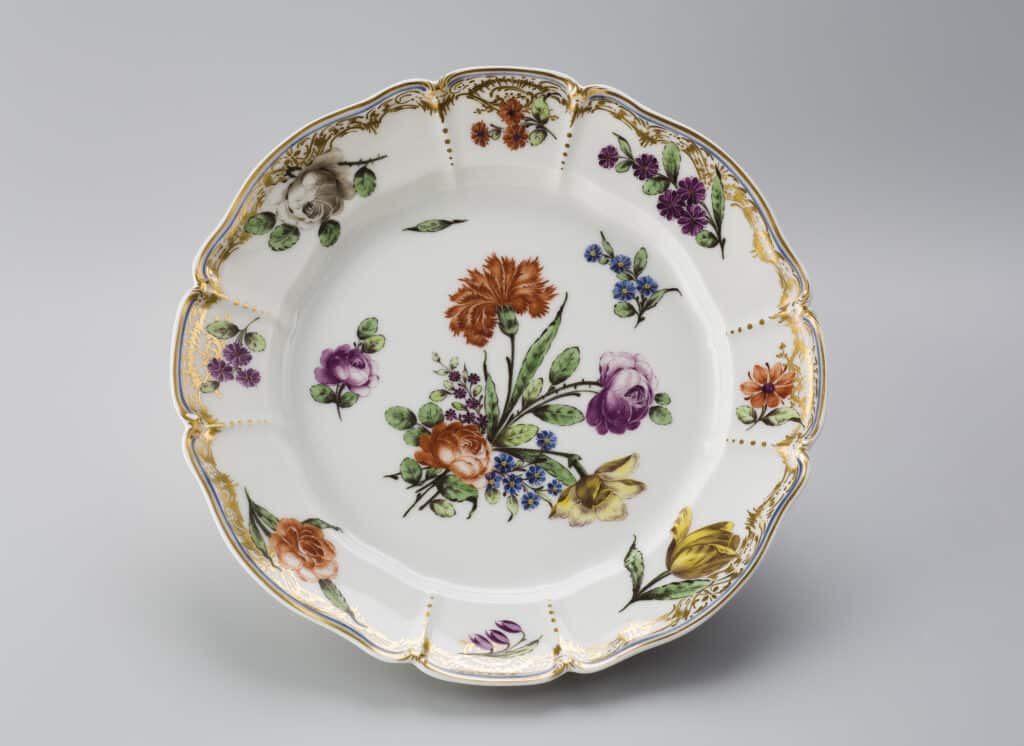
Shards of happiness, photo Richard Borek Foundation © Museum Schloss Fürstenberg
The highlights of the exhibition
An existing form from the Nymphenburg porcelain manufactory was used for the extensive service: the "Electoral Service" from the 18th century. This was in keeping with tradition and demonstrated the skills of the porcelain art of the past 150 years. In keeping with the trend of the time, the wedding tableware was designed for a service à la russe, in which the courses are served one after the other. A centerpiece of the leaping Guelph horse modeled by Josef Wackerle is a highlight of the service and is also on display in the Museum Schloss Fürstenberg.
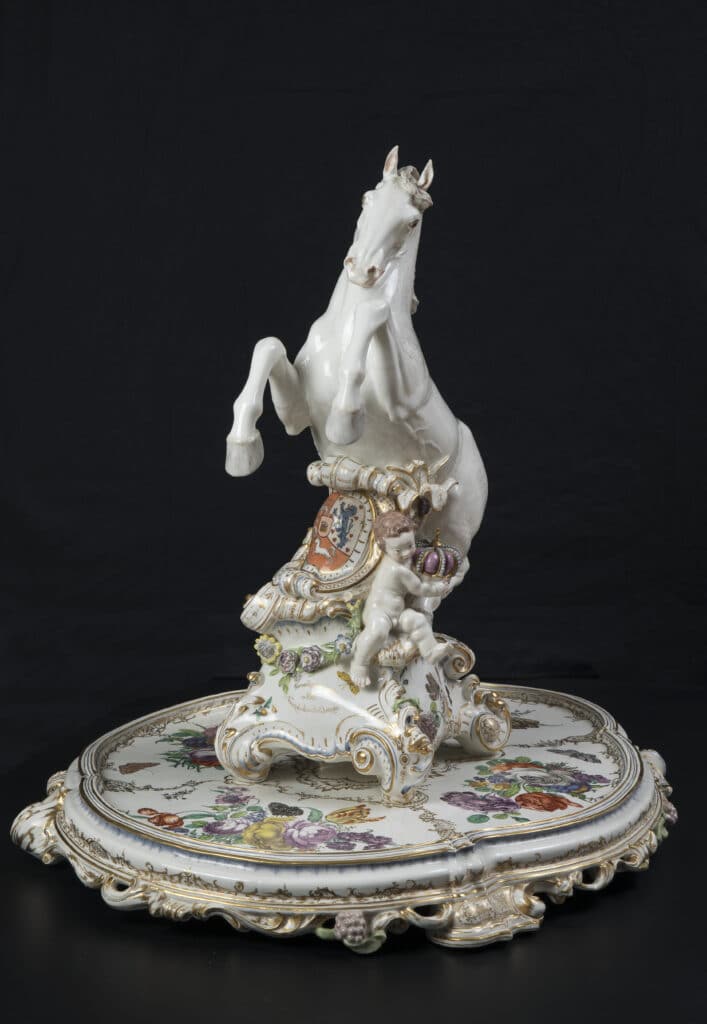
Shards of happiness, photo Richard Borek Foundation © Museum Schloss Fürstenberg
"Scherben zum Glück" also shows all 49 of the former 50 dessert plates with hand-painted views from the former Kingdom of Hanover and the Duchy of Brunswick. You can discover motifs such as the Brunswick Residential Palace, the large garden near Herrenhausen and the island of Norderney. The depiction of stately lands also had a long tradition. In the 18th century, for example, the painter Pasha Weitsch created a Fürstenberg service for Duke Carl I with views of the duchy. In this way, the territory under his rule was symbolically and figuratively brought to the table.
The focal point of the exhibition is a five-metre-long table on which a large number of plates, platters and bowls are arranged to form a magnificent installation. The service pieces are effectively accentuated by an exciting structure. The Guelph horse is enthroned above the entire setting. Crescent-shaped fixtures enclose the large table like a bracket. The fixtures contain wall showcases in which further exhibits and explanations can be found. Vibrant colors give the staging a lively independence and build a bridge to other parts of the exhibition in other rooms of the museum and to the present day. Audience stories tell of wedding memories in connection with porcelain and a modern wedding table with porcelain from Fürstenberg stimulates the imagination. In addition to porcelain fans and history buffs, the exhibition will also delight lovers and wedding planners. After all, you can not only have customized porcelain with inscriptions or dedications made at the Fürstenberg porcelain manufactory, you can even get married in the palace itself.
September 20, 2024 to April 27, 2025
www.fuerstenberg-schloss.com
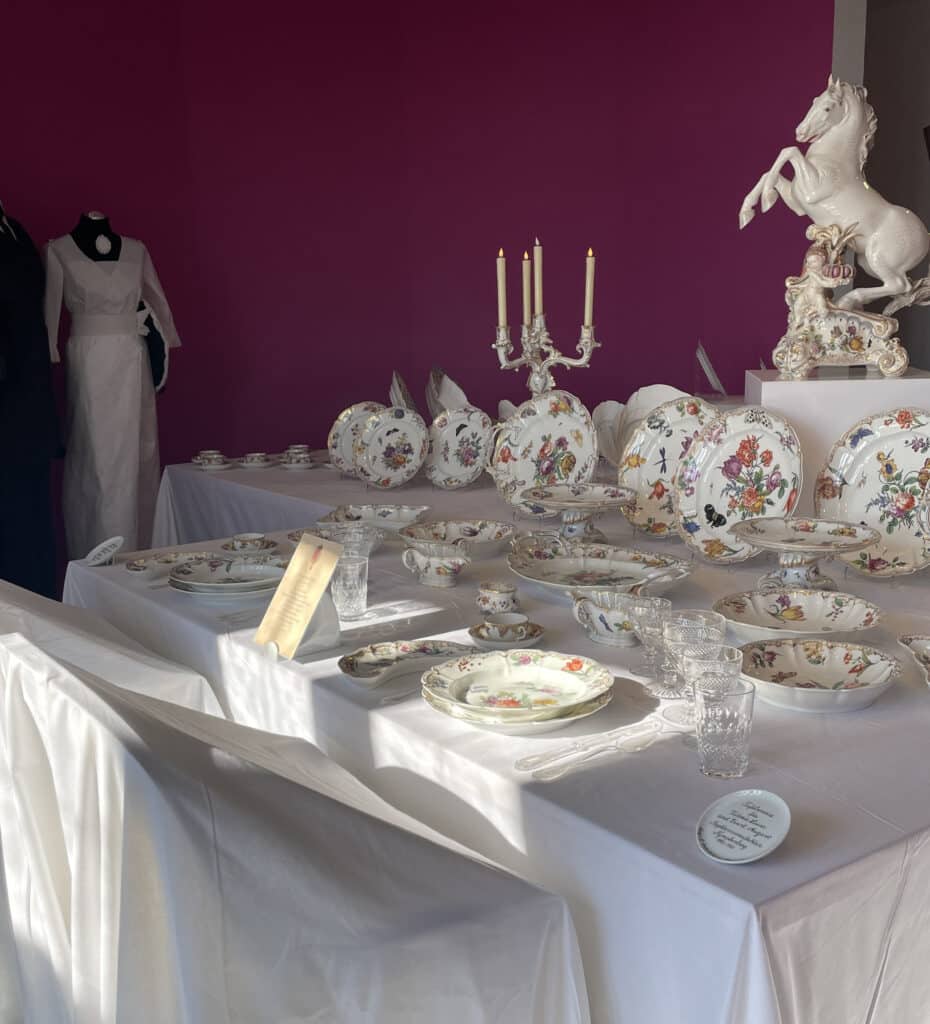
Shards of happiness, photo Richard Borek Foundation © Museum Schloss Fürstenberg


